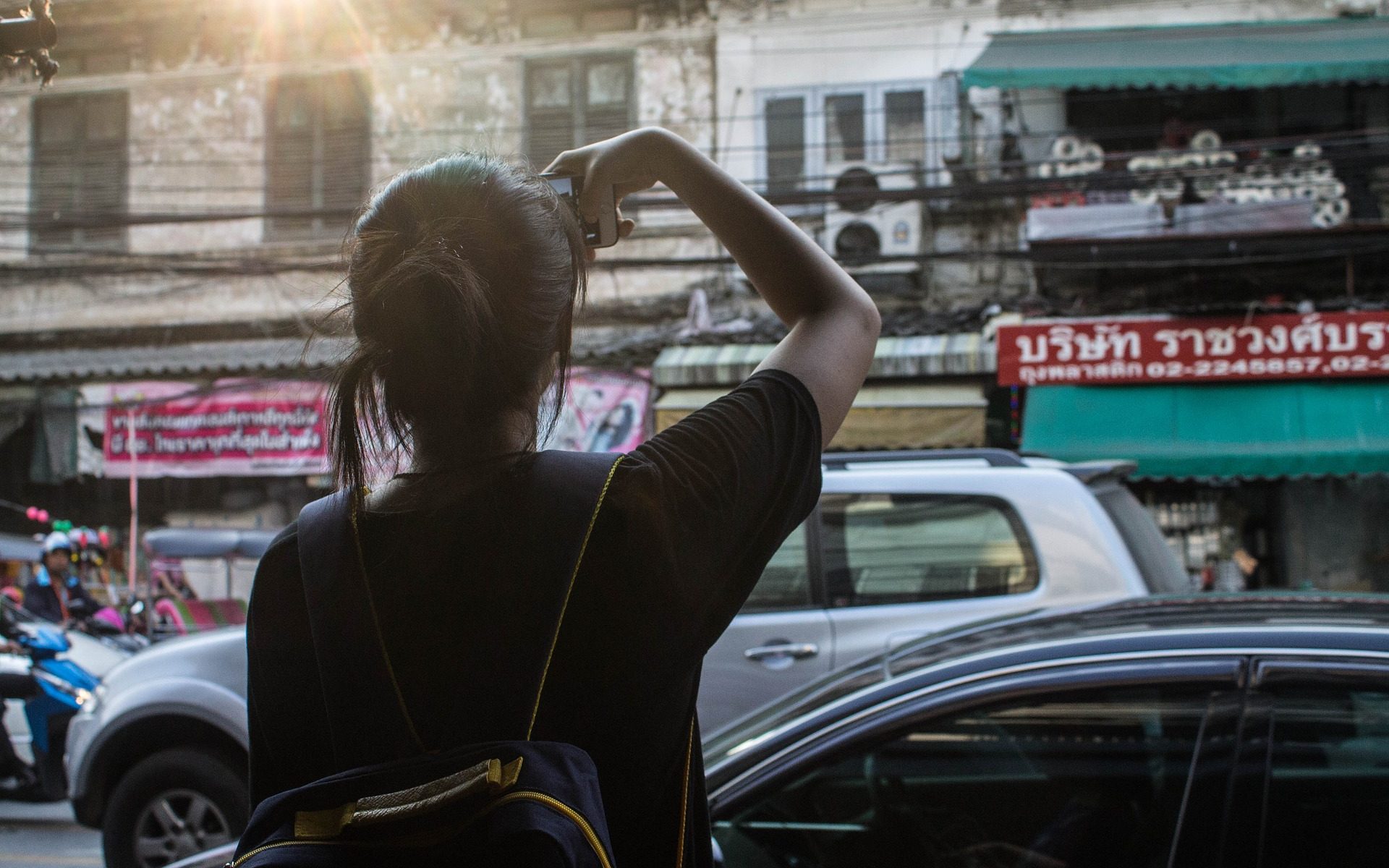Photographs are a great way to understand perceptions of place. Image-based methods can be particularly useful for engaging with young people or those with varying verbal/writing abilities. Specific approaches include ‘photo-survey’ and Participatory Photo Mapping.
Photo survey combines participants’ photos (taken independently) with discussion of the photos in one-to-one interviews.(1) This method gives power and control to the participant and may uncover parts of the city and residents’ lives that are not often seen by ‘outsiders’.
Participatory Photo Mapping (PPM) is similar to a photo-survey with two additional steps of mapping the images and developing actions to present to policy and decision-makers.(2) Many combinations of these approaches are possible and need not follow any prescribed formula.
In Belfast, the local authority organised a series of workshops with school children to understand their views about the health impact of their local environment.(3,4) The children were given single use cameras and allowed to photograph their school environment and its surroundings.
The aim was to give children a voice and a role in the policy and decision-making process. The children expressed strong preferences for green spaces (even small lots), clean public spaces and calmer traffic.
Further information
(1) Moore G, Croxford B, Adams M, Refaee M, Cox T, Sharples S. The photo‐survey research method: capturing life in the city. Visual Studies 2008; 23: 50–62.
(2) Dennis Jr. SF, Gaulocher S, Carpiano RM, Brown D. Participatory photo mapping (PPM): Exploring an integrated method for health and place research with young people. Health & Place 2009; 15: 466–73.
(3) Shaping Healthier Neighbourhoods for Children. 2011. http://www.belfasthealthycities.com/sites/default/files/HealthierNeighbourhoodsReport.pdf (accessed May 10, 2017).
(4) Boydell L. Shaping healthier neighbourhoods for children. 2012. http://www.healthycities.org.uk/uploads/files/045_belfast.pdf.
The information above is summarised from the report ‘Healthy Planning and Regeneration: innovations in community engagement, policy and monitoring‘.

